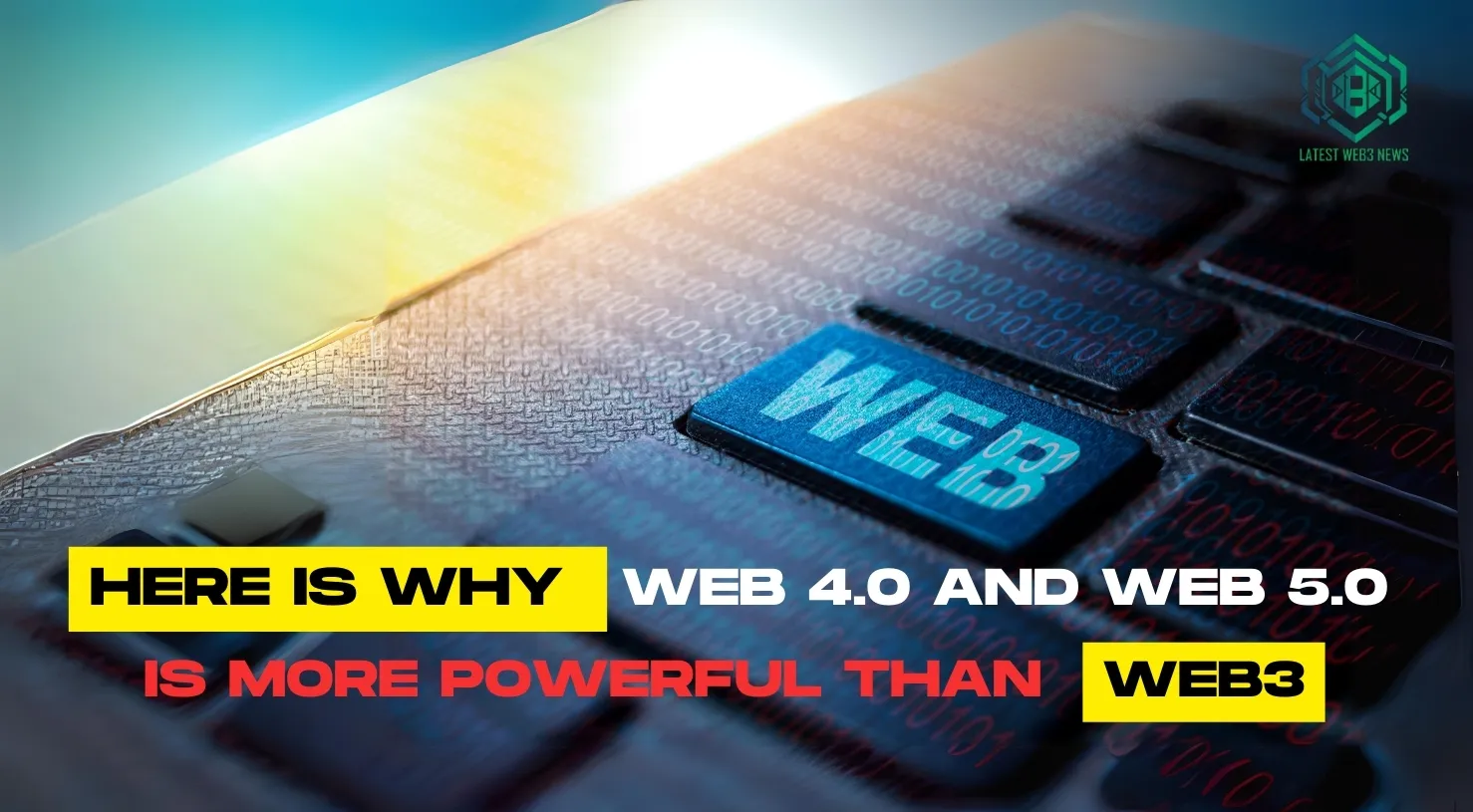The evolution of the web has seen transformative shifts, starting from Web 1.0’s static, read-only pages in the 1990s to Web 2.0’s dynamic, user-generated content in the early 2000s, which brought about social media and interactive platforms. This was followed by Web3, which integrated AI and semantic technologies for more personalised experiences. Understanding these stages is essential as we approach Web 4.0, which promises pervasive connectivity through the Internet of Things (IoT) and advanced AI, leading to more intuitive online environments.
Blogpost Contents
ToggleLooking ahead, Web 5.0 is set to equip emotional AI, immersive virtual reality, and blockchain for deeply personalised and secure web interactions. As of 2024, there will be over 5.16 billion internet users globally (around 64.4% of the population), so staying informed about these trends is crucial to fully leveraging the potential of the evolving digital landscape.
While Web3 hasn’t fully taken shape, it will have significant implications for how business is conducted as it is—unlike in the past—decentralised and not controlled by governments and corporations. With Web3, centralised companies no longer own or retain the data, as it is privately managed.
– Alexandra Pitkevich, principal, business consulting, EPAM Systems
Web 1.0: The Read-Only Web (1991-2004)
Web 1.0, the internet’s coming-of-age party for everyday people, emerged around 1989. Imagine a time of clunky desktop computers screeching to life with the promise of a new world – the “World Wide Web” – accessed through the whines and whistles of a dial-up connection. This era, roughly lasting until 2005, was defined by static content. Websites resembled digital versions of magazines and newspapers: information was presented as a finished product, served from a fixed file rather than a dynamic database.
User interaction was minimal, like reading a newspaper with the comment section permanently disabled. While a few early blogs emerged, content creation was primarily the domain of the technically savvy. Think Britannica Online, one of the first to bring its vast knowledge base online, or a personal website showcasing someone’s hobbies through introductory text and rudimentary images. This “read-only” Web laid the groundwork for the interactive and user-driven experience we know today. Still, in its infancy, it was a vast library of information waiting to be explored, albeit in a one-directional flow.
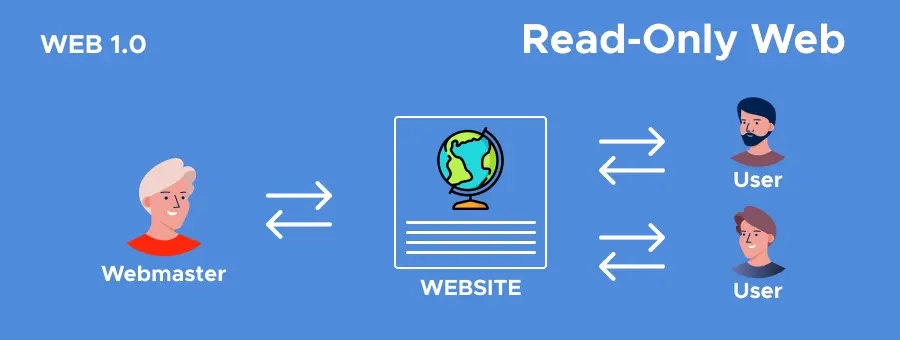
Use Cases on Web 1.0
Web 1.0 Seeding Period
The early Web fondly remembered as Web 1.0, differed from today’s social media-driven world. Its primary purpose was to facilitate the exchange of information, particularly scientific data, among research institutions. The European Center for Nuclear Research (CERN) launched the first website, and universities and research institutes followed suit, creating a giant online network for scientists.
The Rapid Growth of Web 1.0
By mid-1993, the Web was a small club with over 100 websites. But then came the explosion. By year-end, that number jumped to over 600; by 1994, it had surpassed 10,000. This rapid growth signalled a shift: the Web was no longer just for scientists.
Adaptation of Web 1.0 by Venture Capitalists
Looking at these early adopters, you’ll find some familiar names. Tech giants like Apple (1993), IBM (1994), and Microsoft (1994) established their digital presence early on. Interestingly, you’ll also find some unexpected entries – Pizza Hut (yes, the pizza chain!) launched a website in 1994 showcasing the diverse applications of the new technology.
Top 8 Websites Which Adopted Web 1.0
| IMDb (1993) | A collaborative movie database for film buffs. |
| Amazon (1994) | The online retail giant began as a humble online bookstore. |
| Yahoo! (1994) | A famous early search engine that organized the web into a vast directory. |
| Craigslist (1995) | A classifieds website that revolutionized online classifieds. |
| eBay (1995) | The online auction giant emerged as a platform for peer-to-peer commerce. |
| Ask Jeeves (1996) | A question-and-answer search engine, a precursor to modern search functionalities. |
| BBC (1997) | The British Broadcasting Corporation established its online presence to deliver news and programming globally. |
| Google (1997) | Though a latecomer compared to some, Google quickly rose to prominence with its innovative search algorithm. |
Web 2.0: The Social Web
Budding Period of Web 2.0
The late 1990s witnessed the early stages of a web revolution. While the full-fledged features of Web 2.0 wouldn’t bloom until around 2004, the groundwork was being laid. Pioneering Web 1.0 sites, like eBay, began incorporating “social” elements. Imagine online auctions where buyers and sellers could leave reviews and ratings—starkly contrasting the static information exchange that dominated the early web.
Nurturing of Web 2.0 Over the Time
Web 2.0, the web we recognise today, is about user empowerment. It’s the world of social media platforms like Facebook, where anyone can share their voice. It’s easy to create a website or blog to showcase your work. It’s the convenience of online forums for discussion and connection. Think about the apps you use daily—for banking, hailing a ride, or ordering groceries—all products of this dynamic web.
Beginning of a New World Web
The first decade of the internet was essentially a one-way street. Users could connect and consume information, but active participation was limited. Web 2.0 ushered in a paradigm shift. For the first time, users weren’t just readers, writers, publishers, and active contributors. This ability to create and share content is why Web 2.0 is often called the “read-write web” or the “social web.” It’s a web that thrives on user participation, fundamentally changing how we interact with information and each other online.
Web3: The Semantic Web
Beginning of a New Web Era
Web 3.0, often called the Semantic Web, marks a potential future iteration of the internet characterised by machine-readable data and the mighty hand of Artificial Intelligence (AI). Imagine a web that not only displays information but understands it. This intelligent web strives to connect data points and concepts across the vast digital landscape, creating a more meaningful and interconnected online experience.
Welcome to a Club of Decentralization
A cornerstone of Web3 is the concept of decentralisation. This means moving away from a system where data is controlled by a few large companies and placing ownership and control firmly in the hands of the users. Blockchain technology, the foundation for cryptocurrencies, plays a vital role. By decentralising data storage and management, Web3 empowers users to control and potentially monetise their information.
Main Features of Web3
Machine-Readable Data
Web3 goes beyond simply displaying text and images. Data will be enriched with meaning and context, allowing machines to understand the relationships between different pieces of information. Semantic technologies like ontologies will be crucial in structuring and classifying data for efficient machine interpretation.
Artificial Intelligence
AI will be the driving force behind the intelligent web. Imagine search engines that deliver results based on keywords and understand the user’s intent and context to provide the most relevant information. AI-powered virtual assistants will become even more sophisticated, seamlessly integrating into our daily lives.
Decentralisation and User Ownership
Web3 seeks to break down data silos and empower users. Blockchain technology will be instrumental in decentralising data storage and management. Users will have greater control over their personal information, with the ability to choose who can access it and potentially even earn value from it.
Top Use Cases: Examples of Web3
As mentioned above, Blockchain technology is a foundational element of Web3. Semantic search engines, designed to understand the meaning behind user queries, are another example. Like Siri or Alexa, voice assistants will become even more intelligent and personalised in the Web3 landscape.
Feature Comparison of Web 1.0, Web 2.0 and Web3
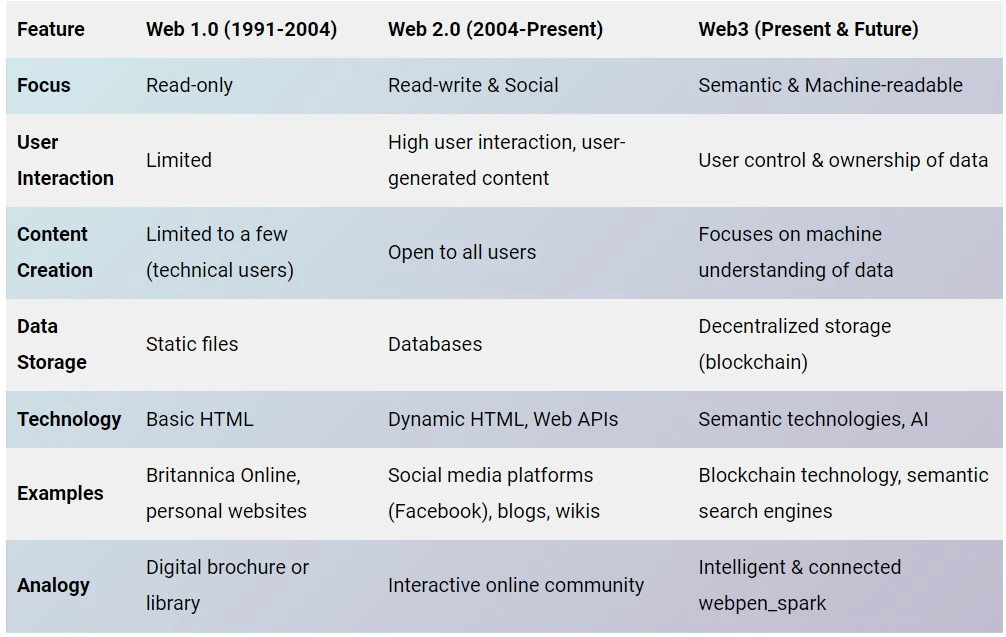
Web 4.0: Symbiotic Web
Imagine a world where technology seamlessly integrates into our lives through screens, a network of connected devices, and immersive experiences. While Web 4.0 is still on the horizon, the cornerstones for this symbiotic web are already being laid with the rise of the Internet of Things (IoT) and advancements in virtual and augmented reality (VR/AR).
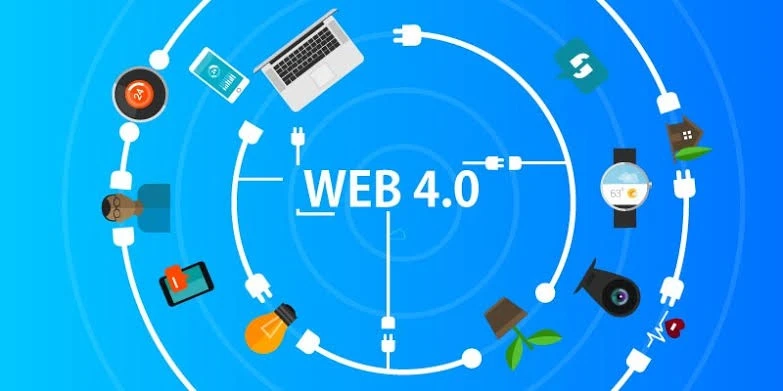
Embedding Web 4.0 and IoT
The Internet of Things (IoT) envisions a world where everyday objects are embedded with sensors and internet connectivity, allowing them to collect and exchange data. Imagine a refrigerator that automatically reorders groceries when running low or a thermostat that adjusts based on your preferences and even the weather outside. In Web 4.0, this interconnected network of devices could be crucial in personalising our environments and automating tasks, creating a more responsive and intelligent living space.
Web 4.0 and Virtual Reality
Virtual Reality (VR) and Augmented Reality (AR) promise to bridge the physical and digital divide further. VR could transport us to new worlds for entertainment, education, or remote work. Imagine attending a concert in Paris from the comfort of your living room or collaborating with colleagues in a virtual workspace regardless of physical location. Augmented Reality, on the other hand, overlays digital information into the real world. Think of receiving directions projected onto your windshield or having vital health data displayed within your field of vision. These immersive technologies could revolutionise how we interact with information and each other in Web 4.0.
Emerging Characteristics of Web 4.0
Ubiquitous Connectivity
The internet will become even more pervasive, embedded in devices and objects around us, creating a constantly connected environment.
Sensory Web
Data collected from sensors in the physical world will be integrated with the digital world, allowing for a more contextual and responsive online experience.
Human-Computer Symbiosis
The physical and digital lines will blur, and technology will seamlessly integrate into our lives, enhancing our capabilities and experiences.
Artificial Intelligence (AI)
AI will play a critical role in Web 4.0, powering intelligent devices, personalising experiences, and facilitating seamless human-computer interaction.
Web 5.0: The Affective Web
Something Horrible is Waiting for Humans?
Web 5.0, or the Affective Web, ventures into the theoretical realm, envisioning a future internet that understands information and human emotions. Imagine a web that can process data and interpret and respond to the feelings woven into our interactions. While this concept is still in its early stages of exploration, it sparks the imagination of a brilliant and emotionally aware online world.
Robots Capable of Feeling Emotions
Web 5.0 builds upon the advancements of Web3, incorporating artificial intelligence (AI) on a deeper level. The focus here isn’t just on understanding the meaning behind information and deciphering the emotional nuances behind user queries and interactions. Brilliant interfaces will be able to adapt to user needs and preferences, not just based on past behaviour or search history but also by taking into account emotional cues.
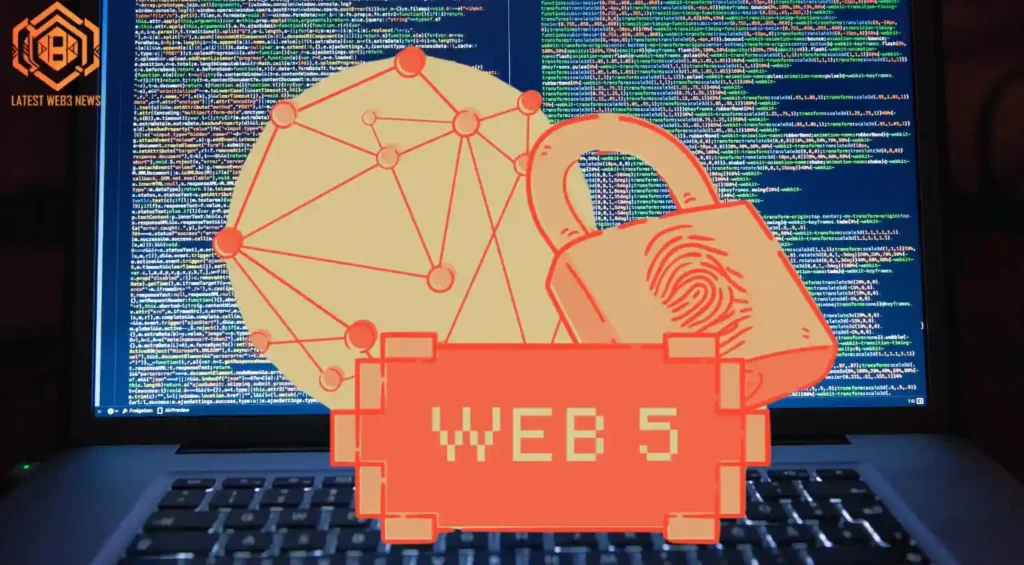
Potential Features of a Web 5.0
Affective Computing
This field of AI research delves into the recognition and interpretation of human emotions. Imagine search engines that understand the intent behind a search query and the user’s emotional state. Web 5.0 interfaces could tailor results and recommendations based on the user’s emotional state, providing a more supportive and personalised online experience.
Emotional Response Systems
Websites and applications could be equipped to respond to user emotions. Think of a virtual assistant that can adjust its communication style based on whether you seem frustrated or excited. Educational platforms could personalise learning materials and assessments based on students’ emotional engagement.
Biometric Integration
While controversial, some possibilities include biometric sensors that can detect emotions through physiological changes. Imagine an e-commerce platform recommending products based on your emotional response to visuals or descriptions. However, ethical considerations around data privacy and user control over such information would be paramount.
Web 5.0 Future is Ambiguous
The development of Web 5.0 is far from certain, and significant technical and ethical hurdles must be overcome. The ability to accurately and ethically interpret human emotions through AI is a complex challenge. However, the potential benefits of a more emotionally intelligent web are vast.
